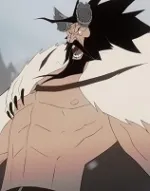Our extra-large special edition is here. Subscribe today and receive the 25% longer issue at no extra cost!
The Banner Saga 2

Stoic’s original Banner Saga set up a planned trilogy of strategy titles that explore the state of a Norse fantasy world after all its gods have died. The company’s sophomore release continues this tragic tale while improving on the compelling strategy framework of the first game. After getting six hours of hands-on time with the near-finished product, we’re more eager than ever to see how this journey comes to a close. Here are four ways Stoic has improved its epic Norse strategy series.
This feature was originally published on April 5. For more on the game, check out today's new trailer.

1) Story is still king
Like the original, The Banner Saga 2 propels players into a series of hard decisions, asking users to manage the safety and welfare of an entire caravan as they march across the country looking for a safe place to lay their head. Unfortunately, keeping everyone happy is almost impossible, which leads to bloody conflicts on the battlefield. Many players lost more than a few of their best warriors through the ordeals of the first game.
At one point in The Banner Saga 2, I tried to help a few refugees on the side of the road, only to discover – a few hours later – that they had run off with some of my supplies. Not long after that, I encountered a few men executing a witch on the side of the road. I briefly thought about helping her, but she seemed insane and was too much of a wild card. I knew I couldn’t trust her in my caravan, so I allowed the soldier to execute her for the safety of the group. The choices in The Banner Saga aren’t black-and-white moral decisions; these choices are more about learning to read each character’s intentions while planning for the safety of your clan.
Unlike most strategy games, The Banner Saga features a great deal of story and narrative-choice moments. Thankfully, most of these story beats are fairly compelling. The end of the first Banner Saga left fans with a heartbreaking cliffhanger, so we’re excited to continue that story even if we’re nervous to test our capabilities in leading hundreds of people across rivers, over ancient sacred grounds, and through armies of mythological enemies.
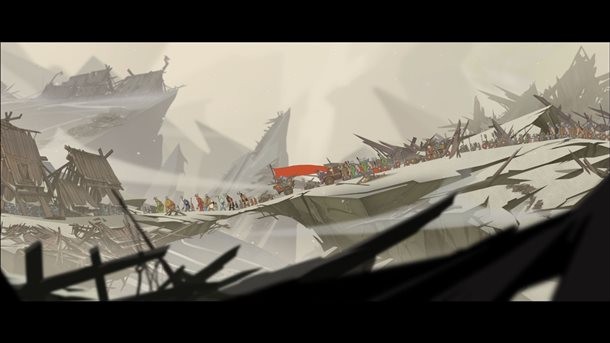
2) A second caravan
The Banner Saga 2 allows players to control a second caravan led by one of the Banner Saga’s most memorable characters, a giant varl (a man/animal hybrid) named Bolverk “Bloodaxe.” The leader of a mercenary group called the Ravens, Bolverk is a ruthless berserker who’s prone to losing his temper. After this split, the rest of The Banner Saga 2’s narrative bounces between your original clan and Bolverk’s band of mercenaries.
“We wanted to – I don’t want to say lighten the mood – but we wanted to let players experience the world from a different point of view, one that’s not necessarily about trying to be the good guy or save as many people as you can,” says lead writer Drew McGee. “I think players will really enjoy playing as Bolverk, because it’s a very different pace for the game. You don’t have to worry so much about whether or not people like you. It’s almost to your benefit at times to not worry about that at all. Bolverk is a mercenary, he’s very selfish, almost evil.”
Whoever is in charge of your caravan, your whole group ultimately has to band together if they are going to survive. Bolverk’s party creates a nice change of pace for the game, and I found myself getting into the thieving, cold-blooded exchanges that Bolverk had with other people.

3) Enter the horseborn
The Banner Saga 2’s journey will lead players south and introduce them to an entirely new race called the horseborn. Tribal, warring, and somewhat mysterious, the horseborn have a lifespan that is only half that of humans. These horseborn once lived among men and varl, but centuries ago they slaughtered all of the horses in order to free themselves from captivity. Now the horseborn feel ashamed of this and have fled south in self-exile.
Not only will players fight the horseborn, but they will be able to add a few to their own ranks. These speedy warriors are designed to roam the battlefield and control their enemies using their mobility. Unlike the bulky centaurs of Greek myth, these horse-people are small, surefooted Icelandic ponies crossed with bronze-age Celts. They are, therefore, only slightly stronger than a human, and can move about far more freely.
Male horseborn are great hit-and-run tacticians who can boost their attack depending on how many squares they travel beforehand – Stoic’s idea of a running head start. They can also move again after an attack to better position themselves for the next turn. Their Mule Kick knocks enemies back into other units and stuns the enemy in the process.
Meanwhile, female horseborn have a passive ability called Free Roam that allows them to move two extra tiles for each Willpower spent. Their javelins are tipped with poison that deals recurring damage, and they can use their spears to pin enemies in place, allowing them to better control the battlefield.
Whether fighting with them or against them, the horseborn push you to change up your battle tactics, and help create new strategies to work around the opposition.
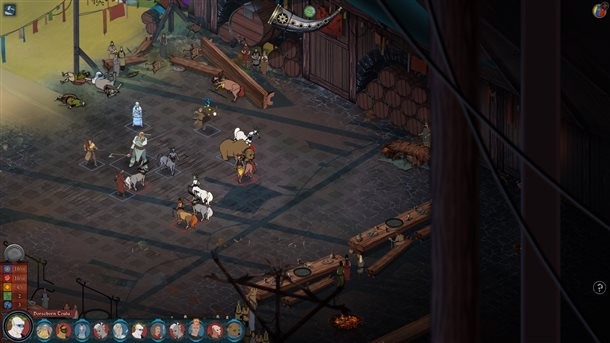
4) Combat has evolved
Instead of tinkering with its balanced combat formula, Stoic has instead focused on improving combat in other ways. One of the biggest complaints the team heard after the release of the first game was that players felt like they were fighting the same enemies throughout the entire game.
It didn’t take me long to encounter some of these new beasts. A group of white, hound-like creatures called skulkers slowly sneaked onto the battlefield. These creatures aren’t hard to kill, but they can turn invisible and disappear from combat, so you never know when they are going to turn back up. In one battle, I encountered a group of human-like bog people who had trained bears to fight alongside them. Not only are bears heavy hitters who take a lot of damage, they can resurrect themselves once after you knock them down. The Banner Saga 2’s list of new enemies adds a lot of visual variety to the board, and forces you to approach each combat scenario a little differently.
Stoic’s list of combat tweaks is also fairly extensive. The studio has hand-crafted each battle, adding new victory conditions for some encounters. In the last game, a battle only ended once the player had beaten every enemy on the board. This time around, I encountered several battles that asked me to kill a certain unit or accomplish some other task that lined up with the narrative. Additionally, battles are now better integrated with the story, so heroes talk during combat, and some units will leave or enter the action in the middle of fight. A new training ground also lets heroes hone their skills at camp, allowing them to rank up faster.
If you want to know more about The Banner Saga 2 and its development, read our extended feature in issue 277 of Game Informer Magazine, which just released today. Missed out on The Banner Saga the first time around? Read our review to find out why it was one of the best strategy games of 2014, and then watch us play through the opening moments of the console release in our Test Chamber video series.
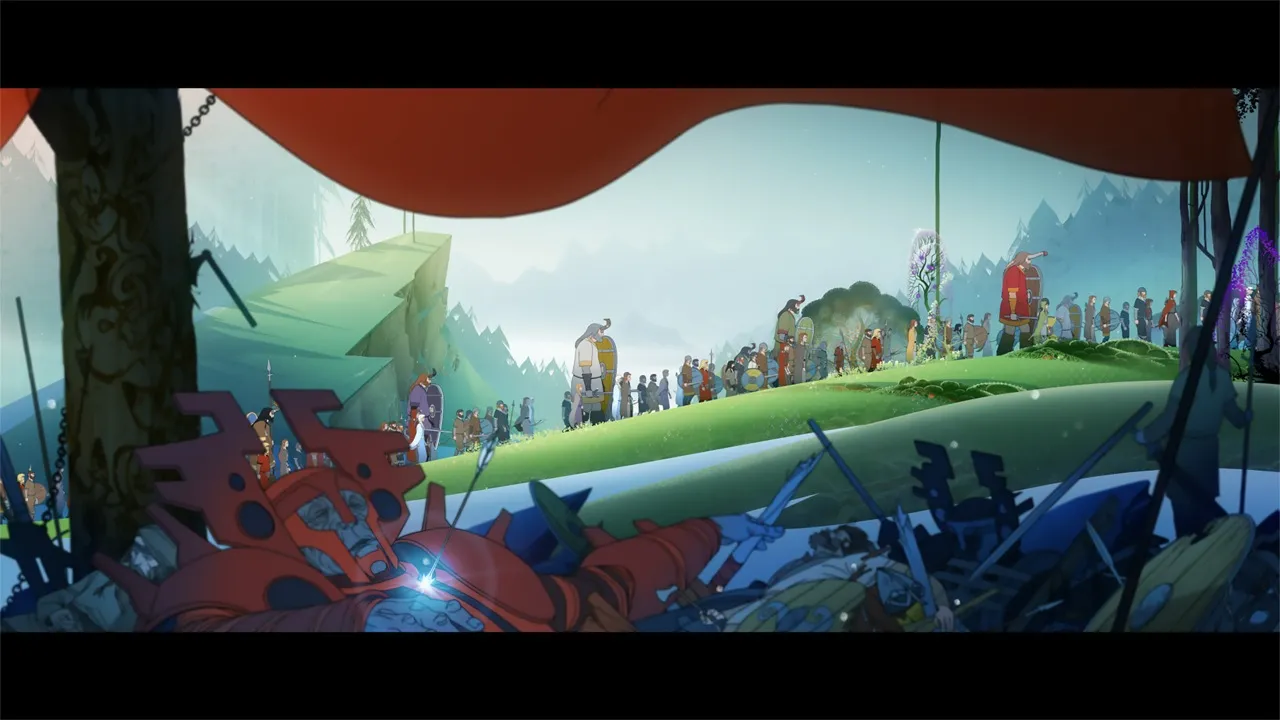
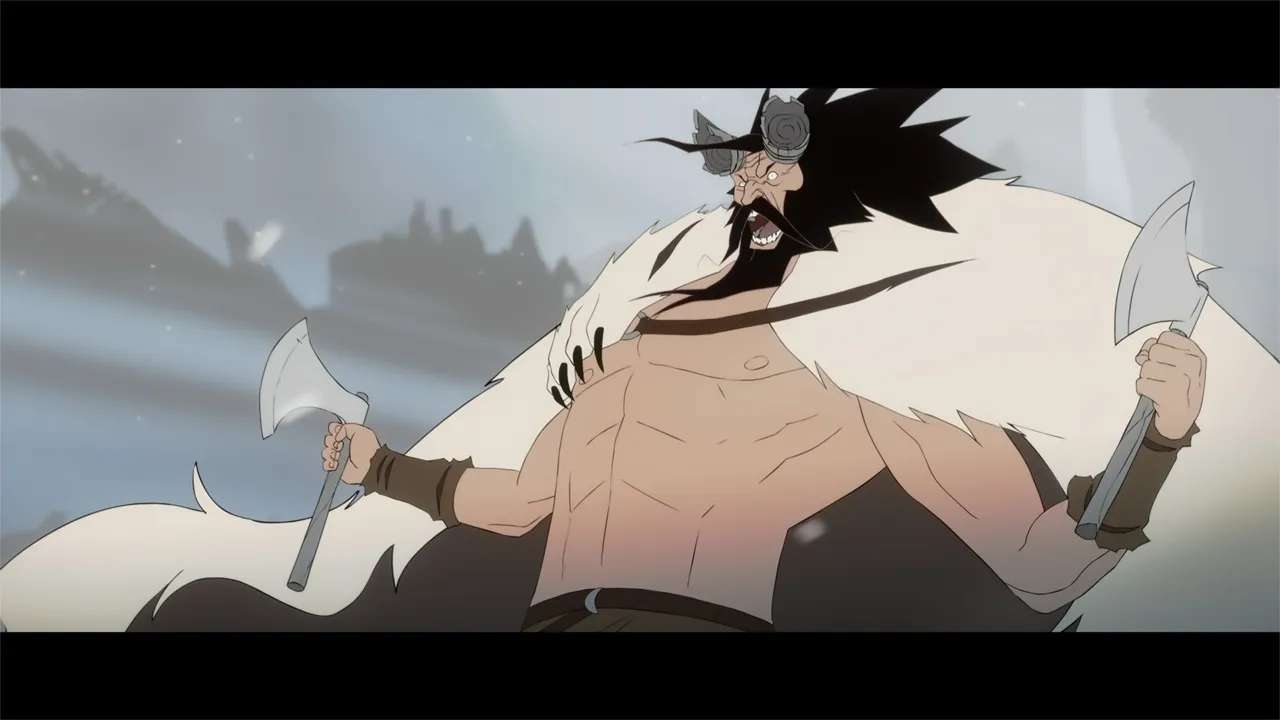
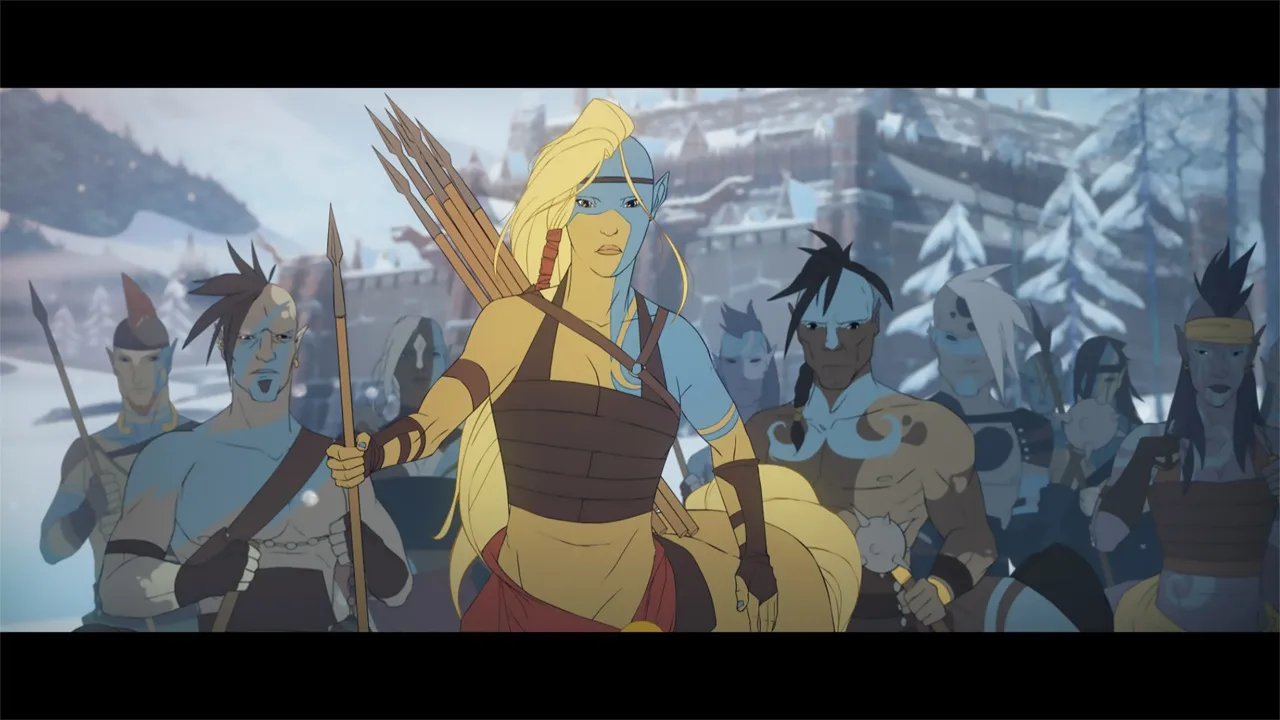
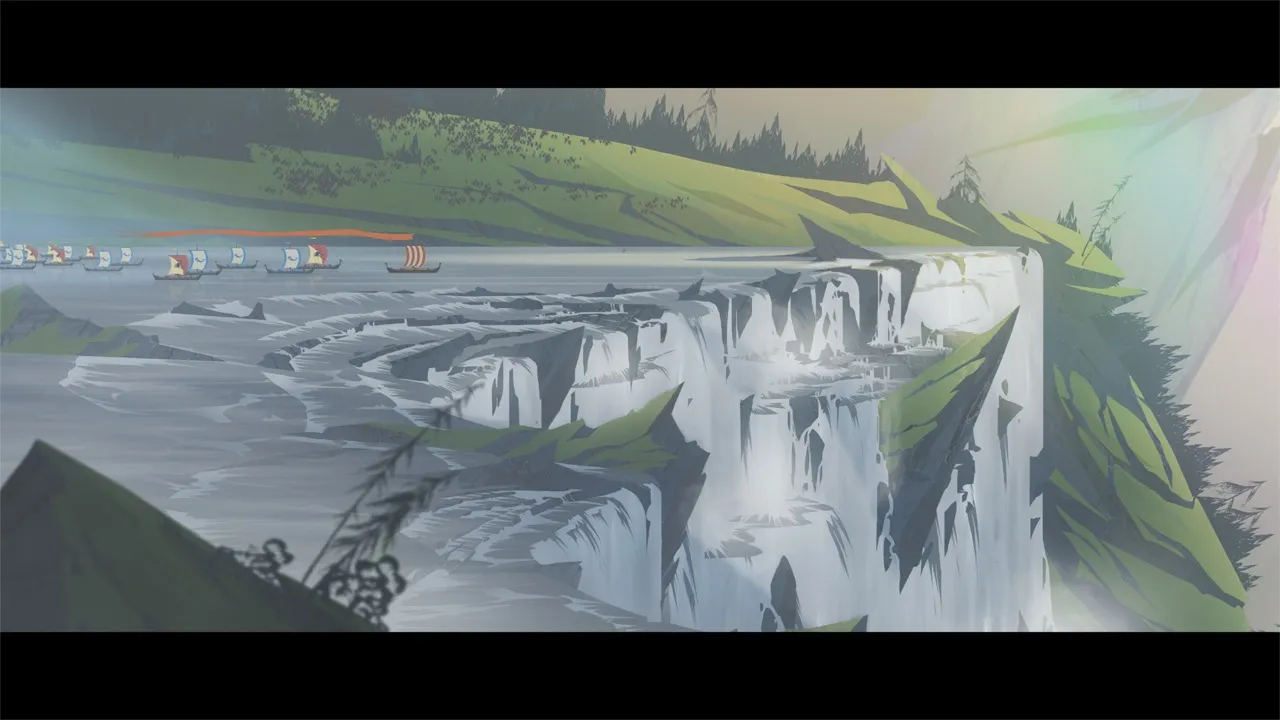
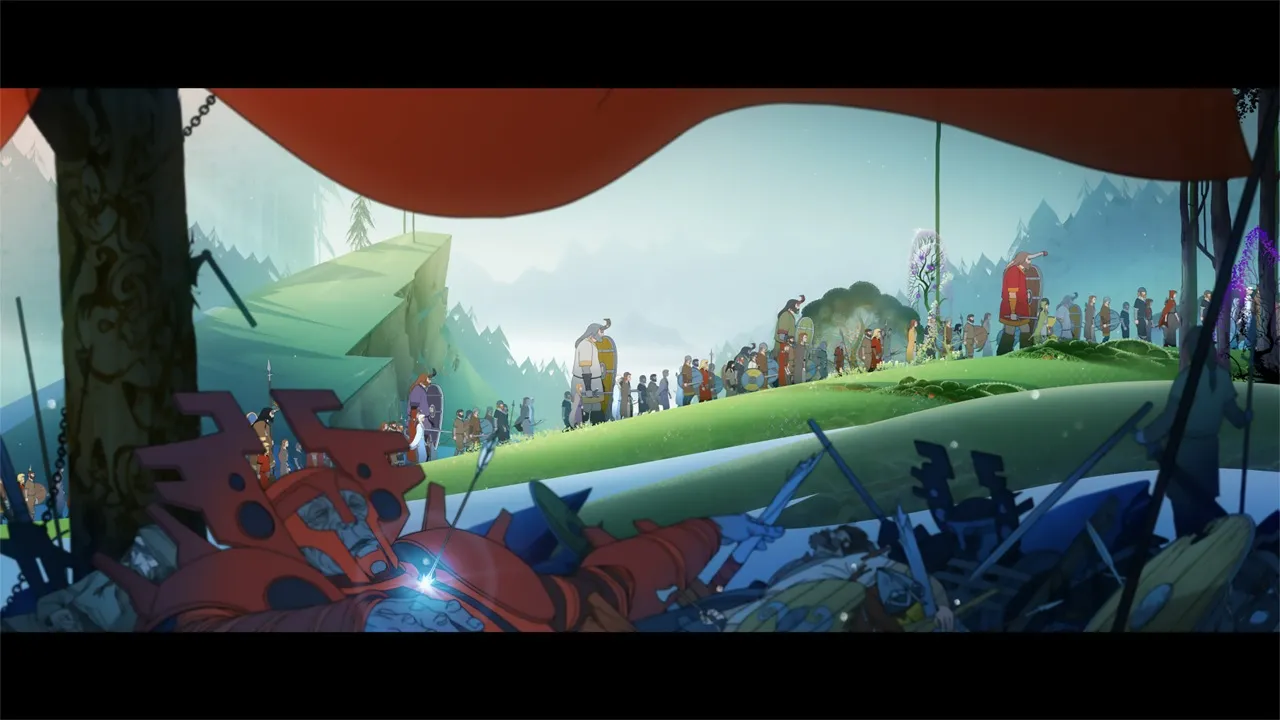
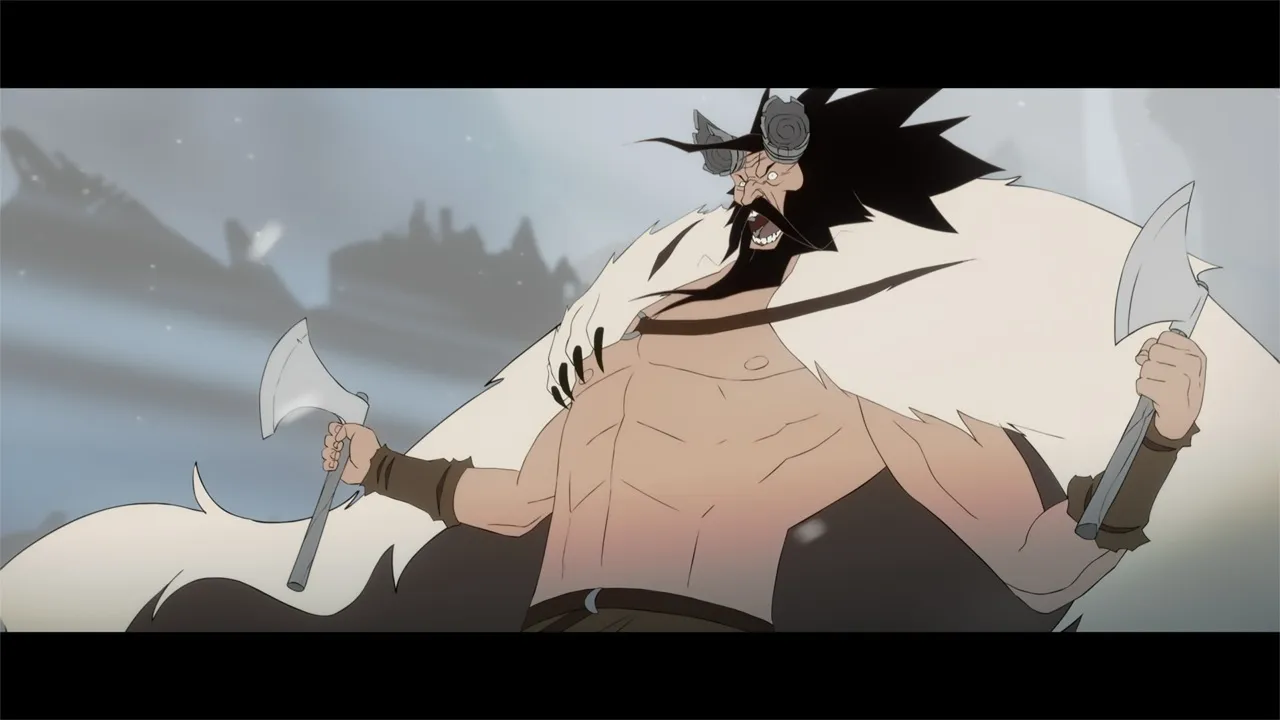
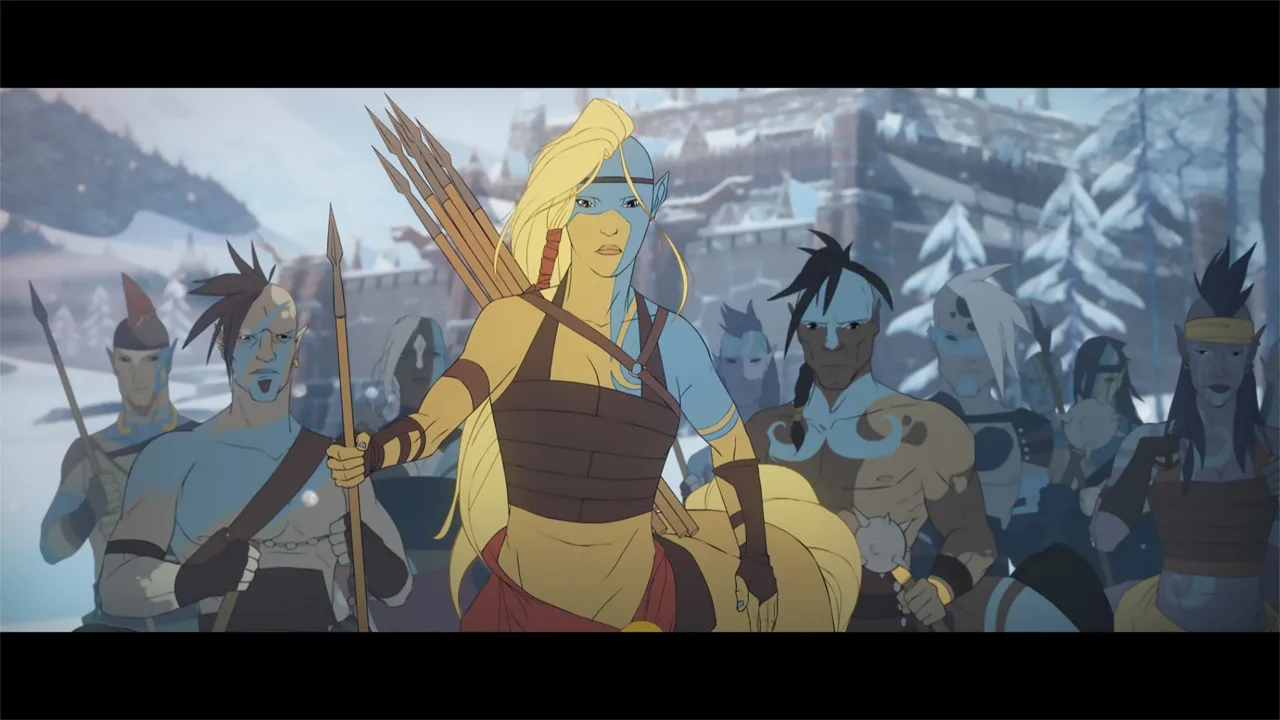
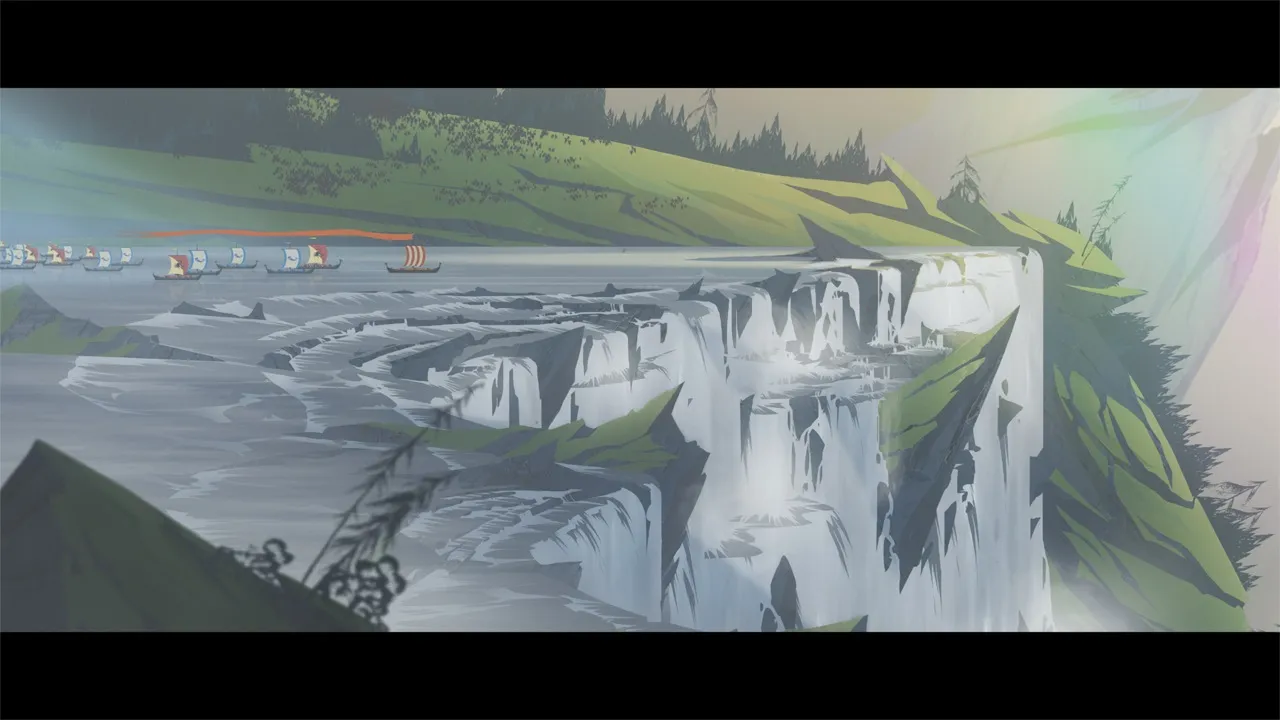

Get the Game Informer Print Edition!
Explore your favorite games in premium print format, delivered to your door.
- 10 issues per year
- Only $4.80 per issue
- Full digital magazine archive access
- Since 1991
